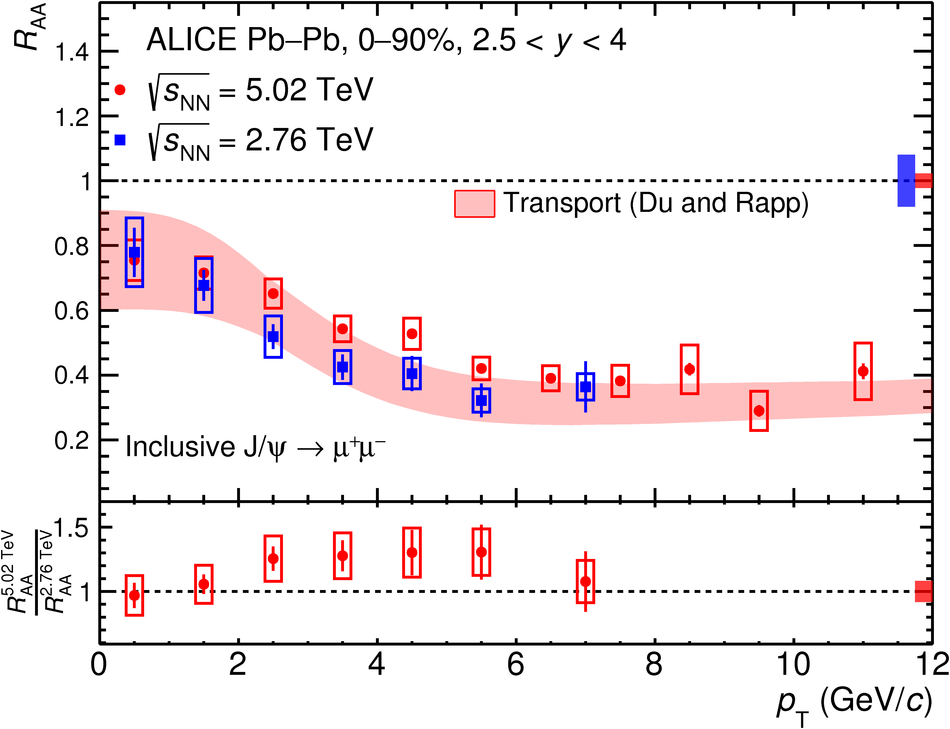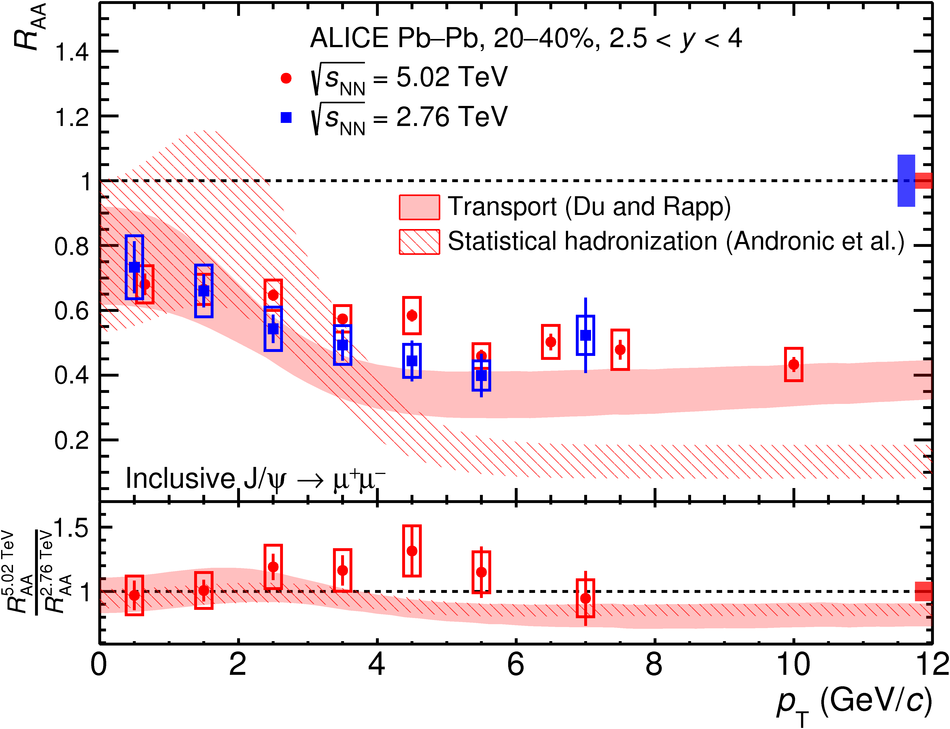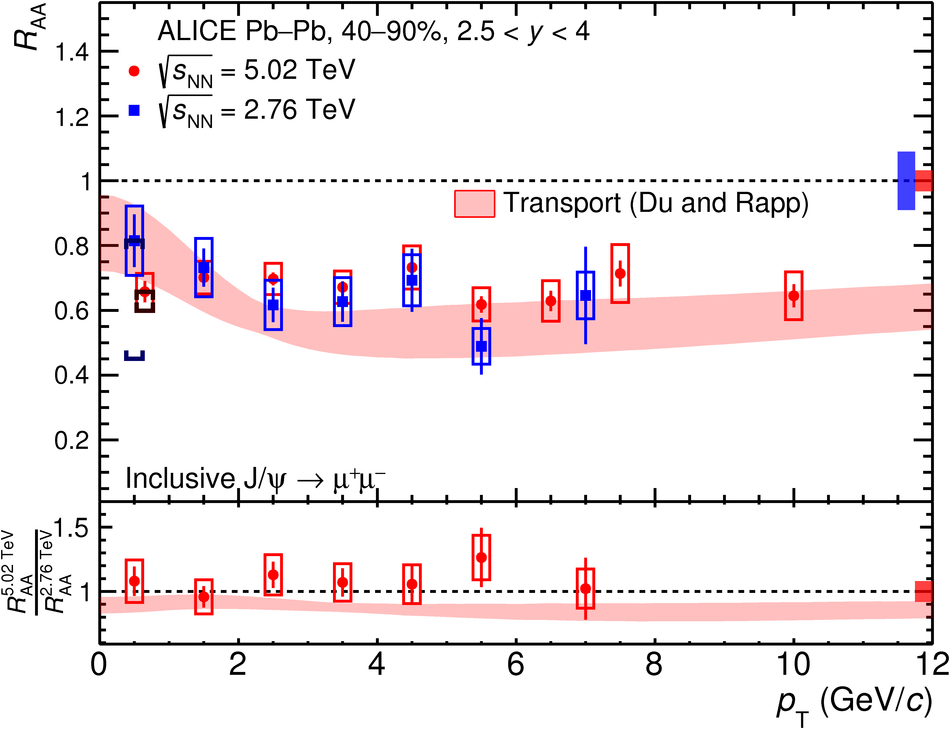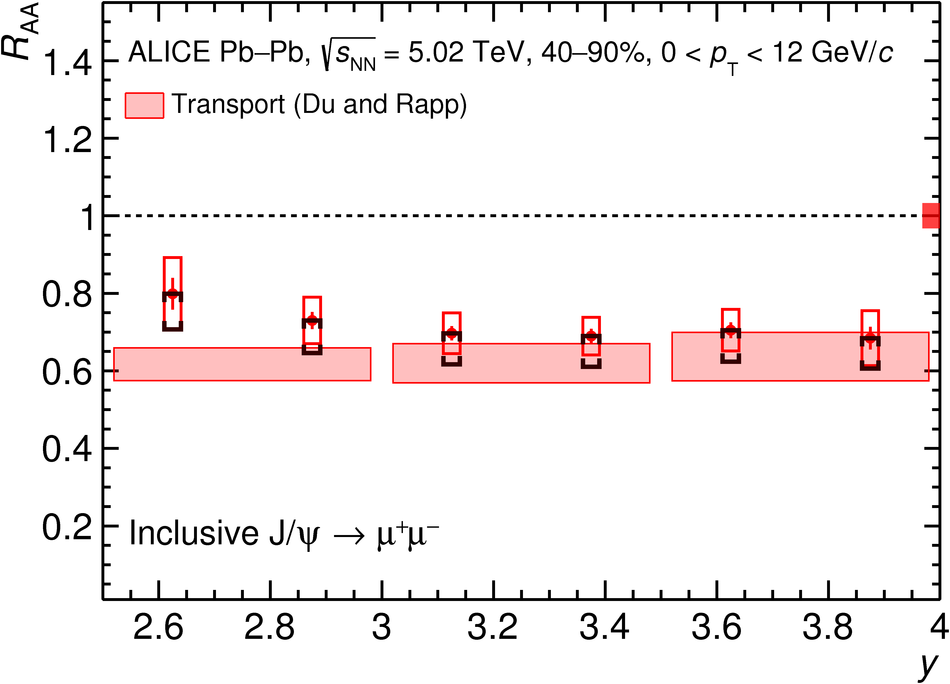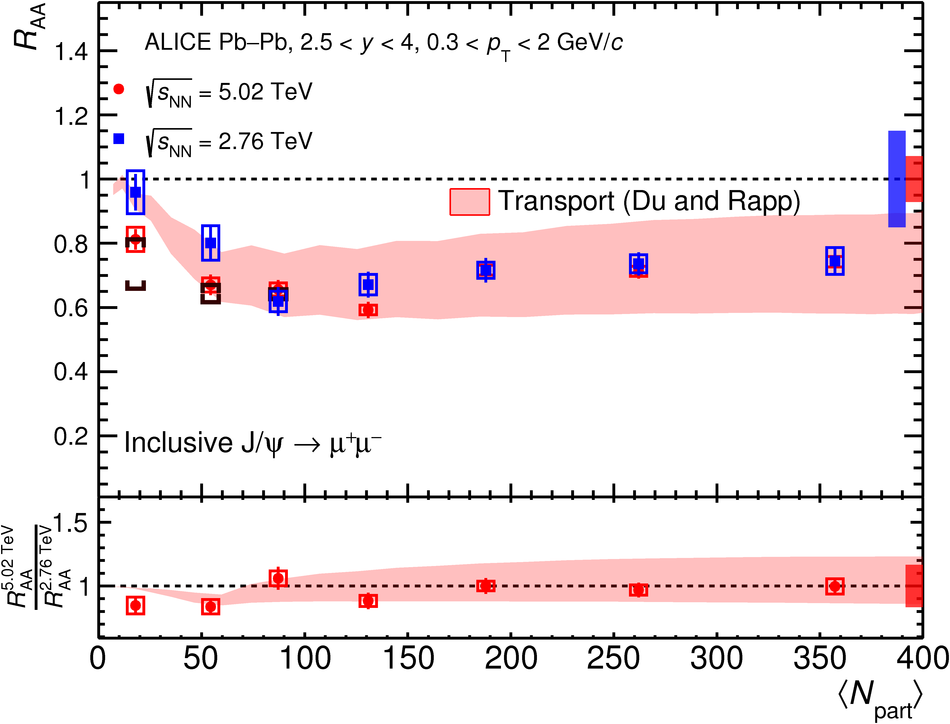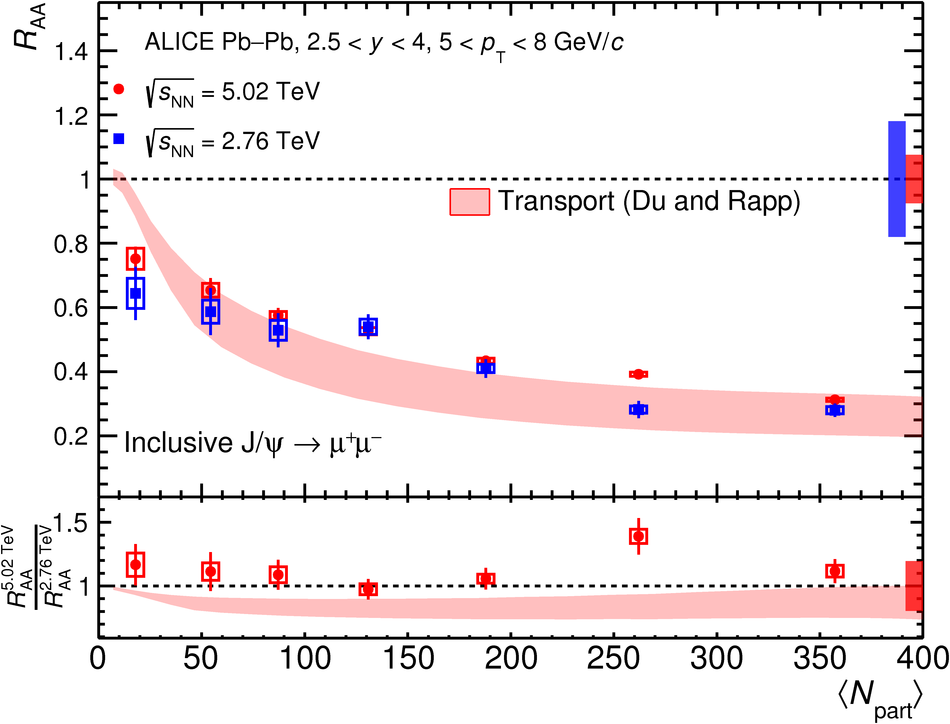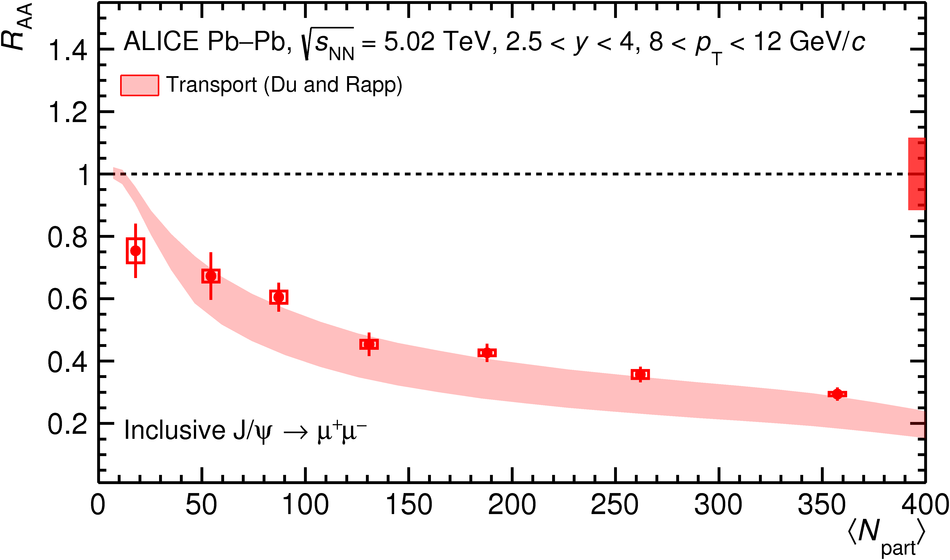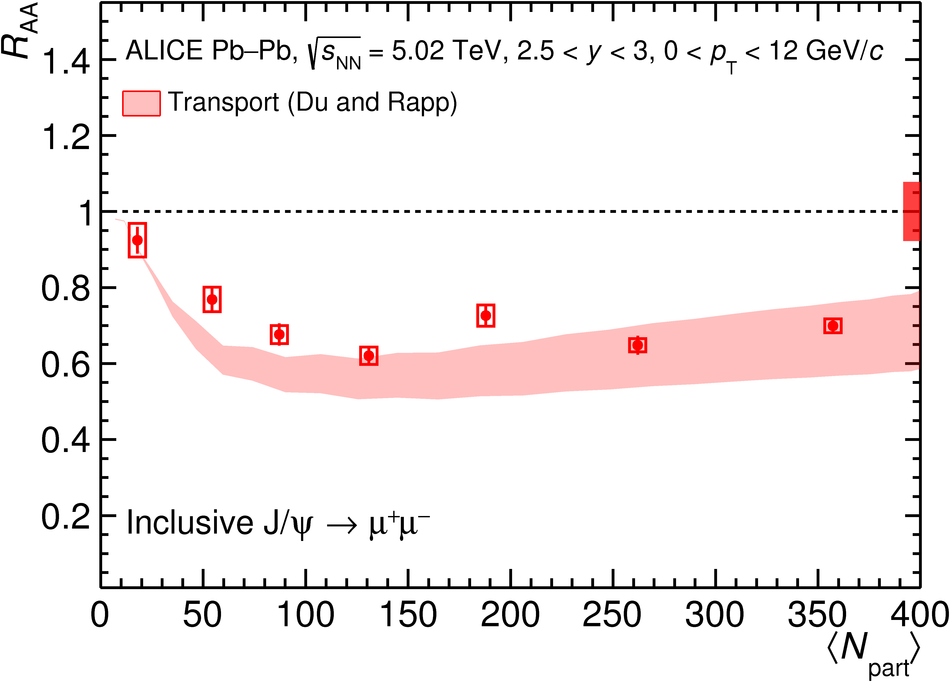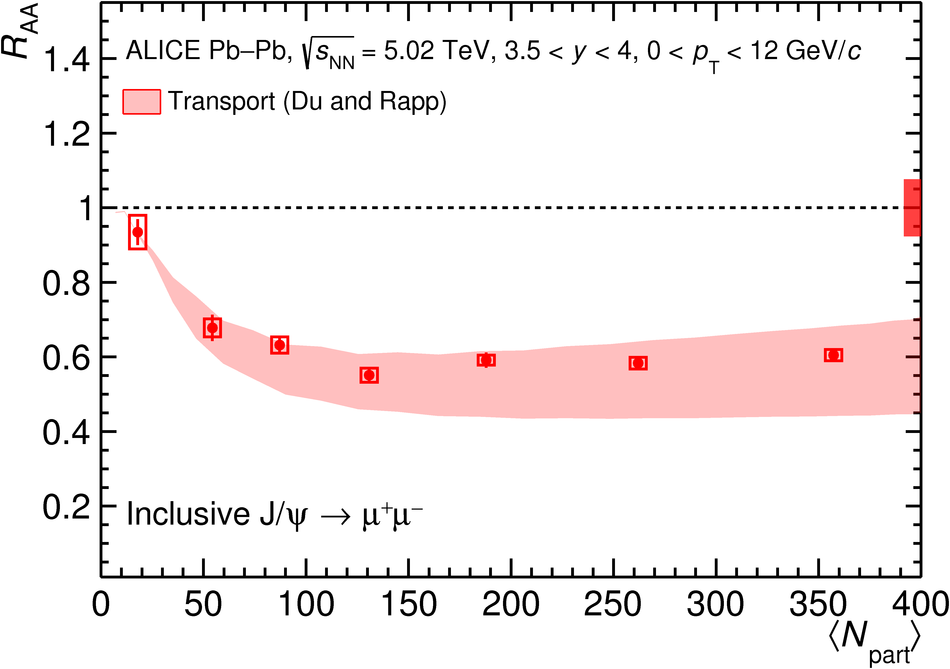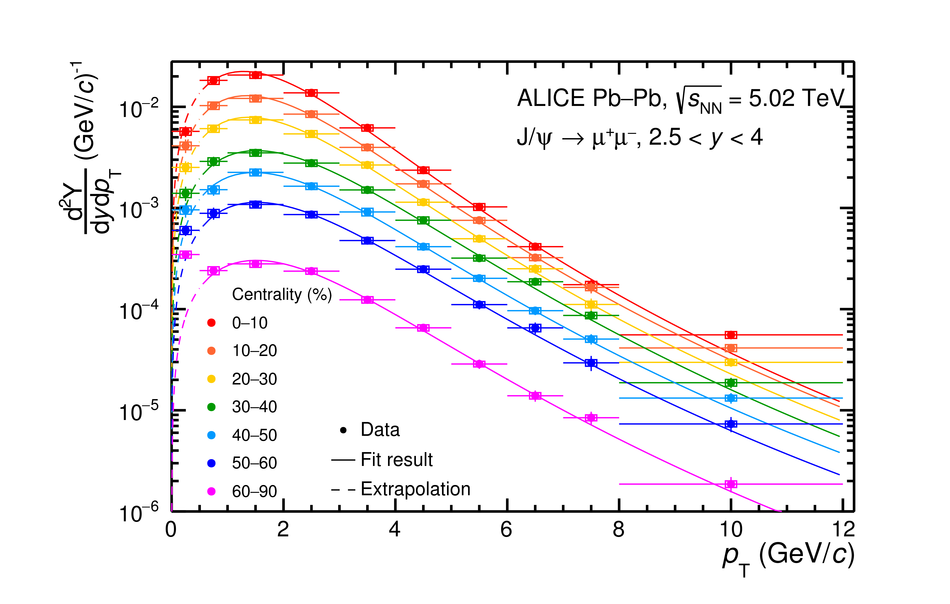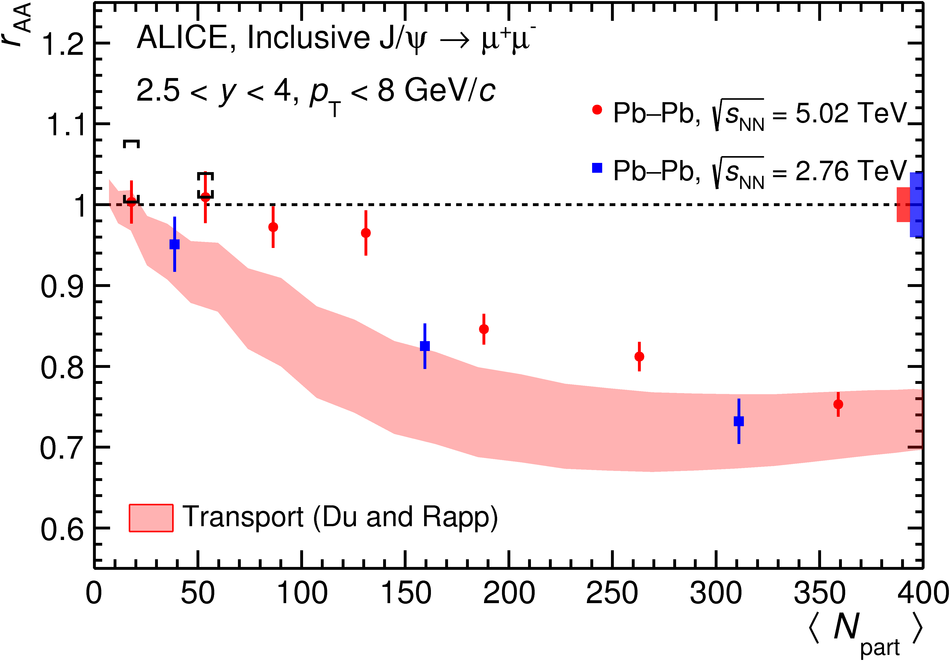The inclusive J/$\psi$ production in Pb-Pb collisions at the center-of-mass energy per nucleon pair $\sqrt{s_{\rm{NN}}}$ = 5.02 TeV, measured with the ALICE detector at the CERN LHC, is reported. The J/$\psi$ meson is reconstructed via the dimuon decay channel at forward rapidity ($2.5<~y<~4$) down to zero transverse momentum. The suppression of the J/$\psi$ yield in Pb-Pb collisions with respect to binary-scaled pp collisions is quantified by the nuclear modification factor ($R_{\rm{AA}}$). The $R_{\rm{AA}}$ at $\sqrt{s_{\rm{NN}}}$ = 5.02 TeV is presented and compared with previous measurements at $\sqrt{s_{\rm{NN}}}$ = 2.76 TeV as a function of the centrality of the collision, and of the J/$\psi$ transverse momentum and rapidity. The inclusive J/$\psi$ $R_{\rm{AA}}$ shows a suppression increasing toward higher $p_{\rm{T}}$, with a steeper dependence for central collisions. The modification of the J/$\psi$ average $p_{\rm{T}}$ and $p_{\rm{T}}^{2}$ is also studied. Comparisons with the results of models based on a transport equation and on statistical hadronization are also carried out.
JHEP 02 (2020) 041
HEP Data
e-Print: arXiv:1909.03158 | PDF | inSPIRE
CERN-EP-2019-187


